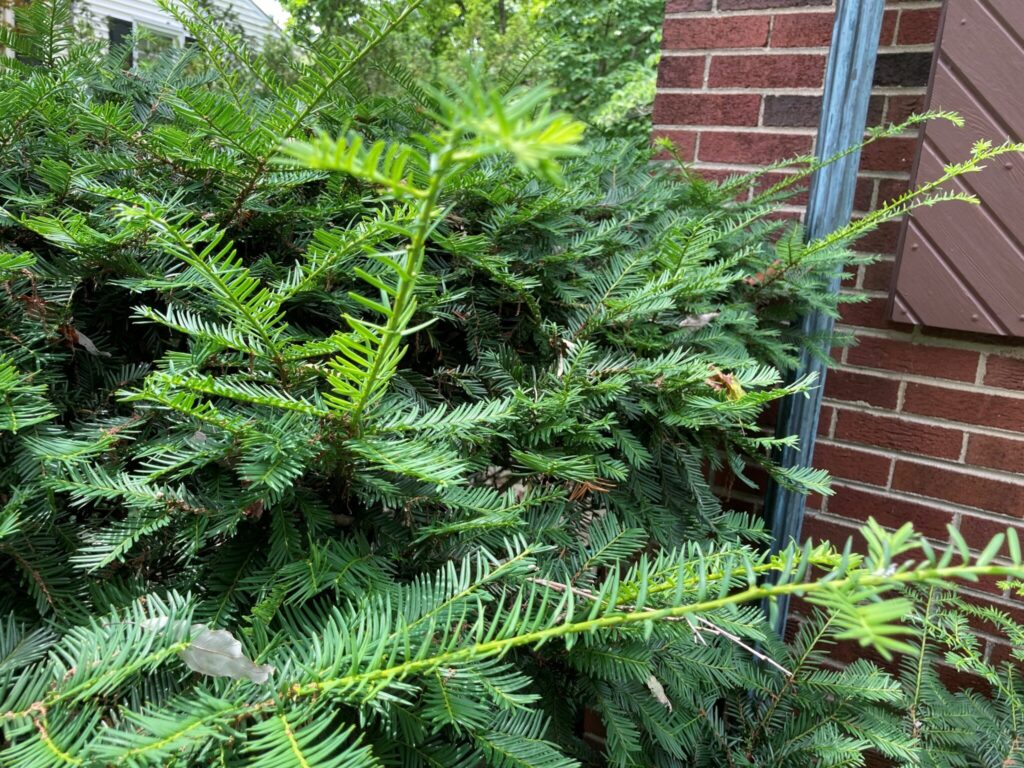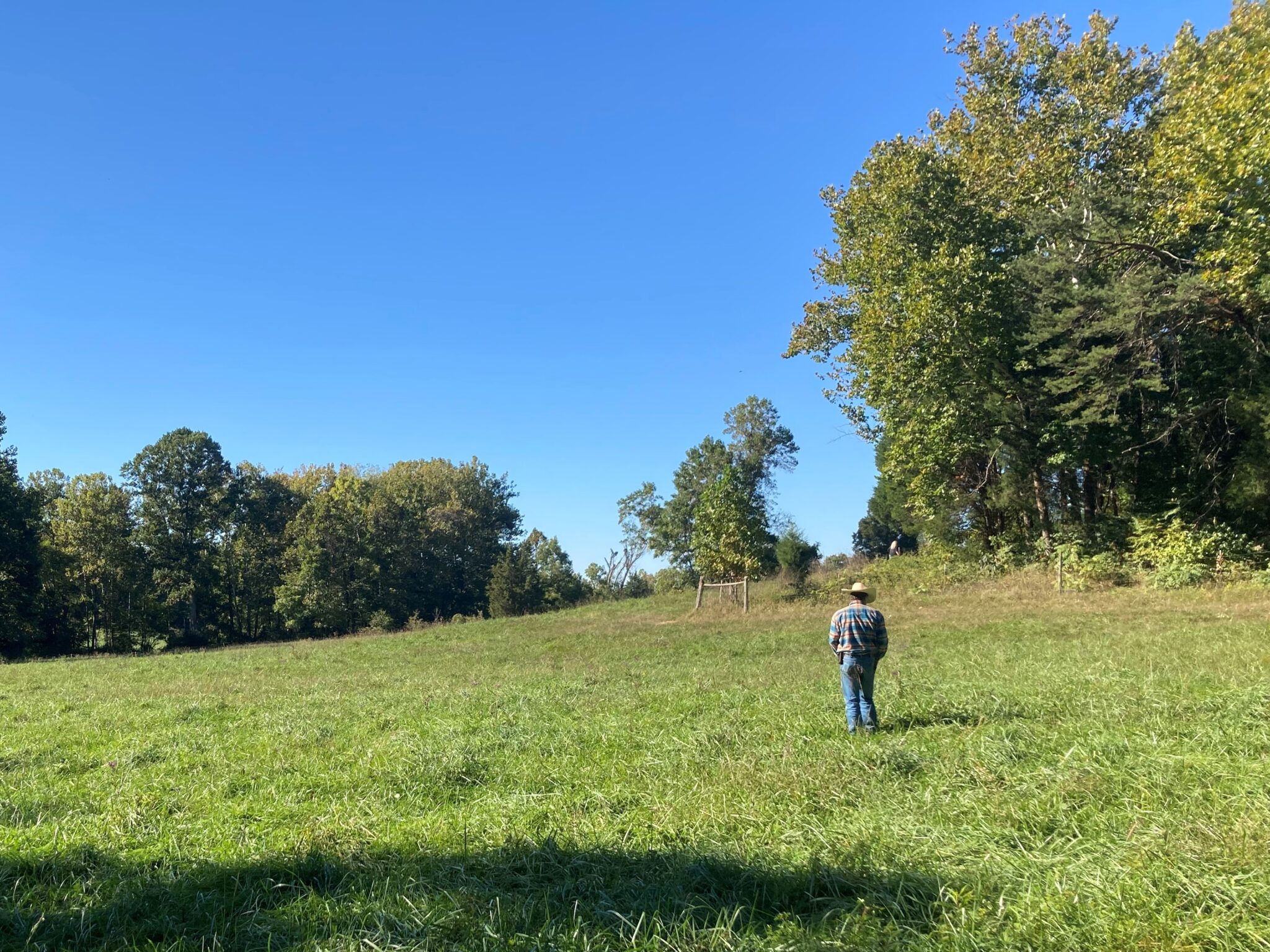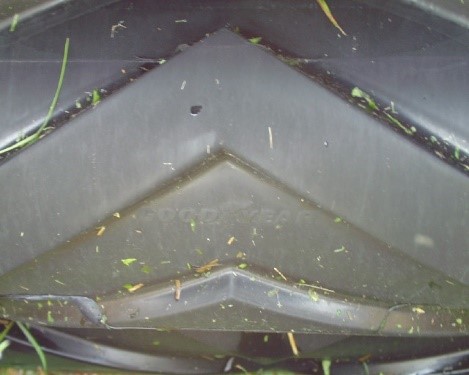
It is that time of year when the yew (pronounced like the letter “U”) is likely in need of a trim to look best as a landscaping plant. Yews have been used as a common landscaping shrub or small tree for decades. They have closely spaced, glossy, rather tough, dark green, linear pointed-end leaves that are 1.5 – 2 inches long. Hard-to-see male and female flowers are found on separate plants and form fleshy red to yellow fruits that contain a single seed. Many plants have poisonous compounds that can cause all kinds of concerns, and even death, if consumed. The interactions that I have had with veterinarians, suggest that the yew is right at or near the top of plants that cause livestock death. A disheartening scenario is when yew trimmings are thrown over the fence by the livestock owner or neighbor thinking that the trimmings would make a[Read More…]












